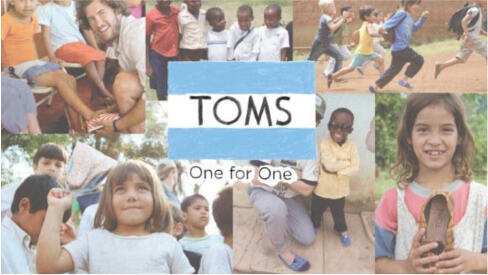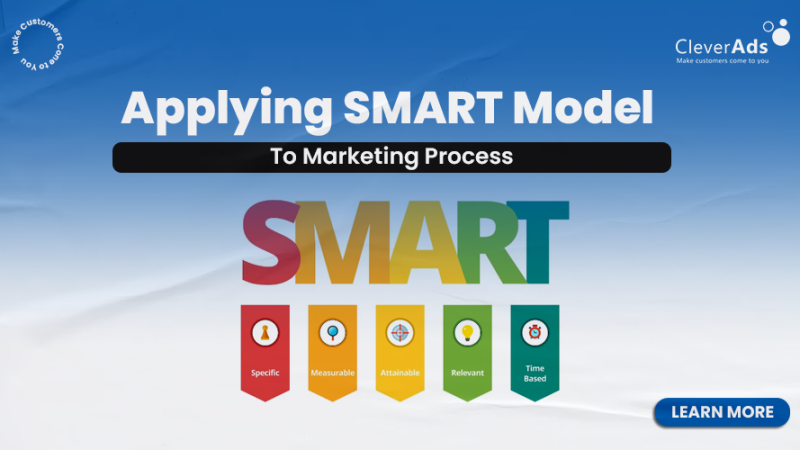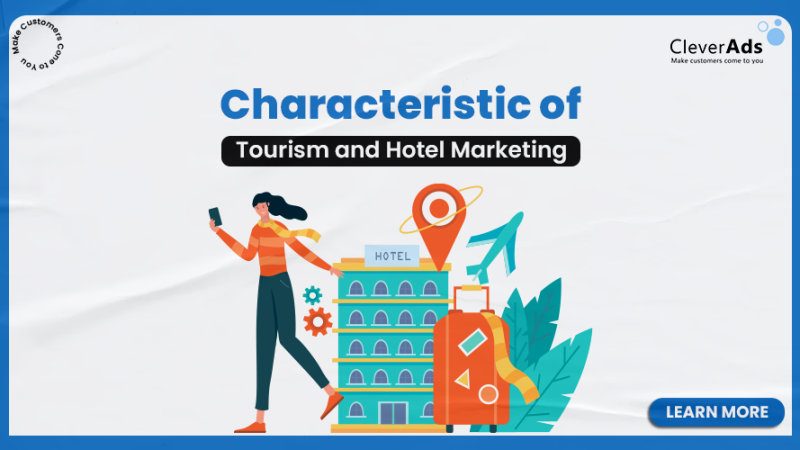Storytelling – The art of telling a story that touches customers’ emotions

1. What is Storytelling?
Storytelling (storytelling) – the art of telling stories in words and images is a form of marketing through the construction, development, and unique stories and contains related to the brand, and business products. Storytelling is a method to help brands become closer to customers and create an emotional connection between customers and brands.
This form of marketing is used by many marketers for communication campaigns as a touch point to affect emotions and convey messages to target customers.
Storytelling undergoes formation and development in 3 stages: Oral culture, reading culture, and culture transmitted through information technology.
2. Benefits of Storytelling for businesses
2.1. Communication and brand promotion for businesses
A story containing the entire process of business formation and development will supplement information for customers to understand the brand’s vision, mission, and operational goals.
A realistic, vivid, easy-to-understand, and memorable story will bring deep awareness and sympathy about the business to customers. Lead customers to learn and care more about your business. It can be said that Storytelling is a unique and natural marketing method that brings great results.
2.2. Create a competitive advantage in the market for businesses
In the market, there will always be many businesses doing business in the same segment and competing with each other. Therefore, the more unique elements the business has, the more prominent and attractive to customers with single-handedly. Not only that, but emotions are also a huge factor in purchasing decisions. Naturally, a business with an attractive story with a valuable message will affect emotions and attract customers more than competitors. And when customers are attracted by the core and depth of the business, buying products and services will become easier and faster.
2.3. Understanding psychology to attract customers
 Each story will have its own meaning and will reveal to customers the journey and activities of the business. And stories based on events that have happened are more effective in influencing customer psychology. And they will help businesses capture customer psychology, thereby attracting them to approach the business.
Each story will have its own meaning and will reveal to customers the journey and activities of the business. And stories based on events that have happened are more effective in influencing customer psychology. And they will help businesses capture customer psychology, thereby attracting them to approach the business.
2.4. Create more loyal customers
Storytelling contains all the visions of a business. Once they understand the business and have experience in products and services, customers will trust and love the brand. And in the long run, they will become loyal customers to the business.
2.5. Promote work productivity and create engagement between employees and the company
Storytelling is also used as an internal communication tool to tell stories about the company’s history, vision, development goals, etc. In those stories, employees play a central role. and play an important part. This makes employees better understand the value of the business, thereby increasing employees’ trust in the company and boosting work motivation.
3. Popular Types of Storytelling
3.1. Data storytelling
Is a method of telling stories through actual numbers or words to provide important information to target customers in a full, vivid, understandable, and highly persuasive manner.
Good data storytelling will bring together three elements: data, images, and plot. This format presents the most useful and important information in an easy-to-understand sequence so that the public can easily grasp it and make accurate decisions.
3.2. Visual storytelling
Visual Storytelling is a method of using visual content (videos, illustrations) to communicate a story. And thereby evoke emotions, directing the public to content that the business wants. We can see it appearing in social media posts, infographics, and motion graphics.
Read more:
4. Notes when writing Storytelling
- Invest time in preparing ideas and content.
- The content of the story needs to be coherent, clear, and linked. The layout should be complete according to the sequence of opening, development, solution, and ending
- Use the right tone of voice to attract the target audience
- It is necessary to have a multi-dimensional perspective, to capture the views, desires, and emotions of the target business audience
- It should be short and focused on the content of the story, not rambling.
- It is necessary to have realistic and convincing evidence to increase the authenticity to help the story become closer and easier to reach customers.
5. Some examples of Storytelling
McDonald’s: Recreate the iconic architecture of Hanoi with french fries, celebrate the opening of the first store in the capital
On December 2, 2017, McDonald’s had its first store located on the pedestrian street of Hoan Kiem Lake, Hanoi. To send a lovely announcement to the customers here, McDonald’s has teamed up with agency Leo Burnett (Vietnam branch) to launch a unique launch campaign: Print ads depicting the outstanding architecture of Hanoi displayed Shaped from french fries.

Specifically, McDonald’s used the brand’s signature potato chips to recreate four architectural works: One Pillar Pagoda, The Huc Bridge, the Cathedral, and the Temple of Literature and these are iconic architectures. and has special cultural significance for the people of Hanoi capital. Not only that, the brand cleverly attached a brief description of the meaning and historical origin of the architecture.
In addition to the four iconic structures, McDonald’s does not forget the french fries project depicting the first McDonald’s store in the capital.
Located in the historic center of Hanoi in Hoan Kiem, the store marks the beginning of McDonald’s becoming part of Hanoi’s culture the brand wrote.
On the day of posting print ads on Facebook, McDonald’s campaign received more than 35,000 “likes” and “favorites” from users.
You can admire the full image of Print ads above at Recreate the iconic architecture of Hanoi with french fries, celebrate the opening of the first store in the capital
The Story of Tom Shoes
The story of Tom Shoes follows the founder of the Tom Shoes brand, Blake Mycoskie. During a 2006 trip to Argentina, Blake Mycoskie witnessed the difficulty of children here when they did not even have shoes.
And he founded the shoe brand Tom Shoes to be able to contribute to helping the children here. So for every pair of shoes sold, Tom Shoes will donate a pair of shoes to children in need. After more than 13 years of work, Tom Shoes has given nearly 100 million pairs of shoes to disadvantaged children around the world.
 It is the integration of business and charity, a pair of shoes sold will give a pair of shoes to children who need them, which implies that supporting Tom Shoes is also contributing to helping children in need. towels in the world. And with more than 13 years of making, Tom Shoes has donated nearly 100 million pairs of shoes to disadvantaged children around the world.
It is the integration of business and charity, a pair of shoes sold will give a pair of shoes to children who need them, which implies that supporting Tom Shoes is also contributing to helping children in need. towels in the world. And with more than 13 years of making, Tom Shoes has donated nearly 100 million pairs of shoes to disadvantaged children around the world.
6. Conclusion
Storytelling is similar to other marketing methods, all aimed at building a brand and increasing sales for businesses. Although it is only a small element of Marketing, if marketers know how to use it skillfully, it will bring great benefits to businesses.




